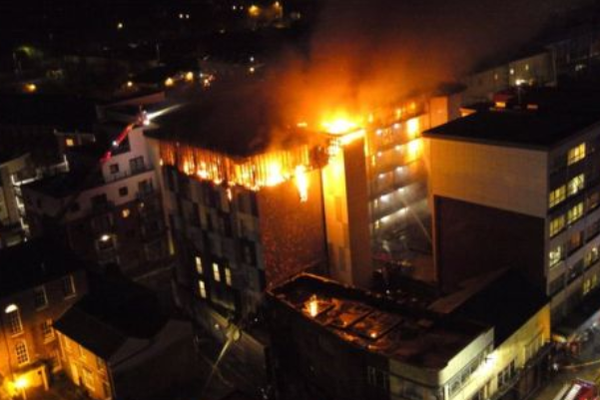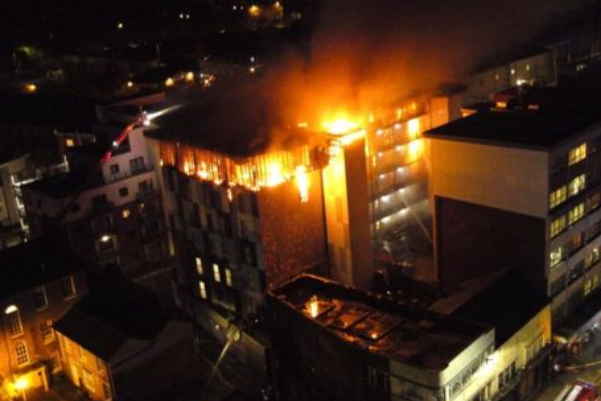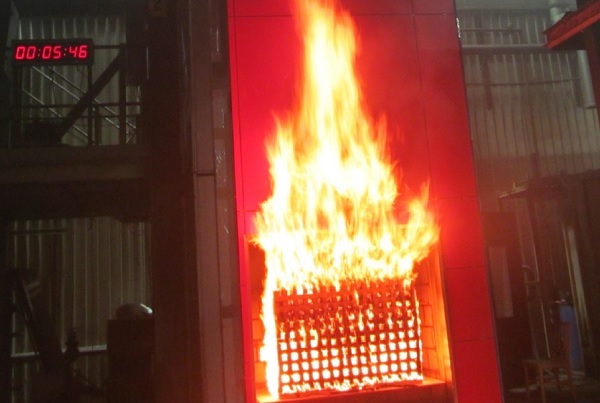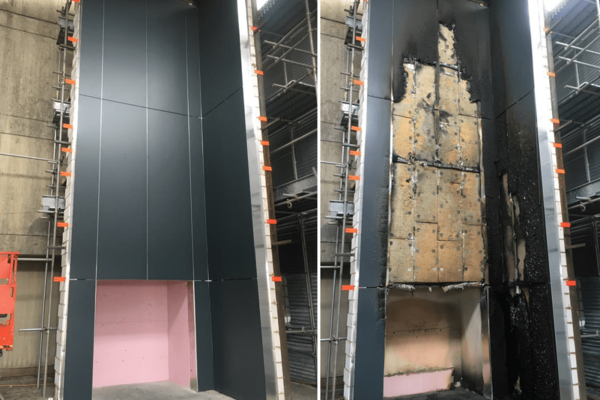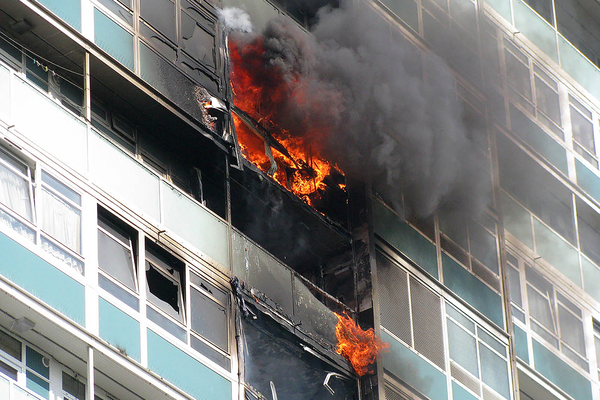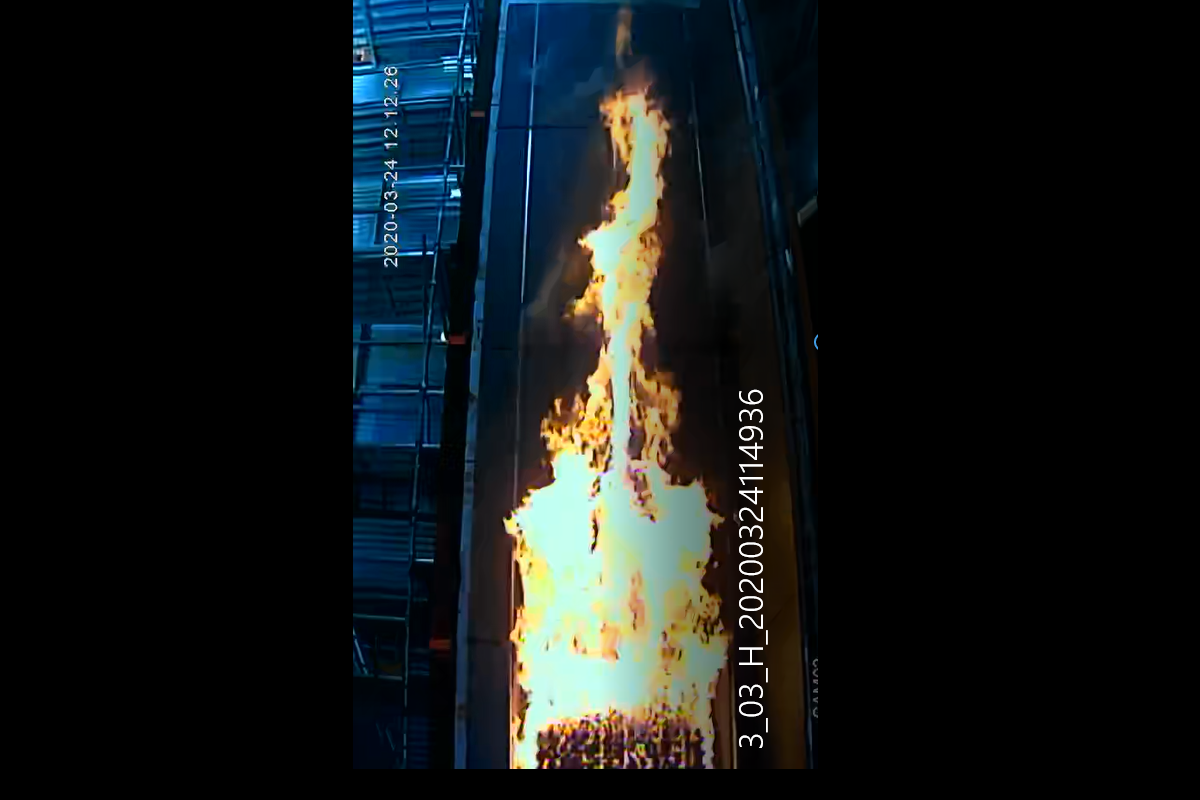Non-ACM products do not pose same threat as Grenfell-style cladding, government claims as tests released
The government has released the results of its long-awaited tests on a range of cladding products, concluding that none pose the same threat as the cladding used on Grenfell Tower.
A report commissioned by the government and released today by the Building Research Establishment (BRE) summarised the results of the testing of products including high-pressure laminate (HPL), timber, zinc, copper and aluminium honeycomb cladding panels.
It said none of these products “show the same or a similar type of fire performance to that of the [polyethylene-cored aluminium composite material (ACM)] panels” used on Grenfell Tower – which was destroyed in a fire in June 2017 that killed 72 people.
However, further testing of more dangerous cladding products was also recommended by the BRE.
The long-awaited release of the results of the tests – which were carried out in summer 2019 – come just days after privately commissioned testing showed that an HPL cladding system failed a large-scale test in just seven minutes and 45 seconds.
This led industry experts to criticise the government for failing to prioritise the removal of HPL, and to accuse ministers of basing their approach on “little more than wishful thinking”.
Today’s data release would appear to be an attempt to rebut that criticism, and comes alongside a slew of new announcements about the government’s new approach to building safety.
In total, 22 cladding combinations were subjected to fire testing – including untreated timber and ‘standard grade’ HPL, which is comprised of compressed wood fibres and resin and is highly combustible.
While guidance would not permit these products to be used on the walls of tall buildings, they are in use on hundreds of cladding systems nationwide.
The summary said that both products displayed “sustained vertical fire spread” when tested. But it added that the HPL released three times less heat than the Grenfell-style ACM.
The report recommended further testing work to help understand the impact of different types of fixing methods and insulation on these cladding panels.
The summary of the testing said that zinc composite cladding “exhibited the highest contribution to fire growth and the shortest time to burn through”, although it performed better than Grenfell-style ACM in terms of fire growth and spread.
The zinc cladding tested had a fire-retardant core – meaning it was the form of cladding originally specified for use on Grenfell Tower before the more combustible ACM was selected.
The government did not test polyethylene-cored zinc “as it was not possible to procure such panels for this project”.
The report concluded that if tested, polyethylene-cored zinc may perform in a similar way to the ACM.
Copper cladding meanwhile displayed “the most significant cavity fire and the largest measured heat flux”. This cladding was also not polyethylene cored.
Aluminium honeycomb, reconstituted stone and brick slip systems were all said to display “a relatively low contribution to fire development”.
The government repeated advice that standard-grade HPL should be removed from buildings as they are “unsafe” and “do not comply with building regulations”.
A £1bn fund that was announced by the chancellor earlier this month will cover the removal of HPL, but the government had previously refused to fund its removal limiting the £600m it had made available to ACM only.
It has also not yet identified all the HPL-clad buildings in the country – with councils only instructed to start gathering this data last summer.
They were due to report the results of their analysis last month, but research by Inside Housing in January showed that this process was floundering, with the vast majority of buildings unidentified.
